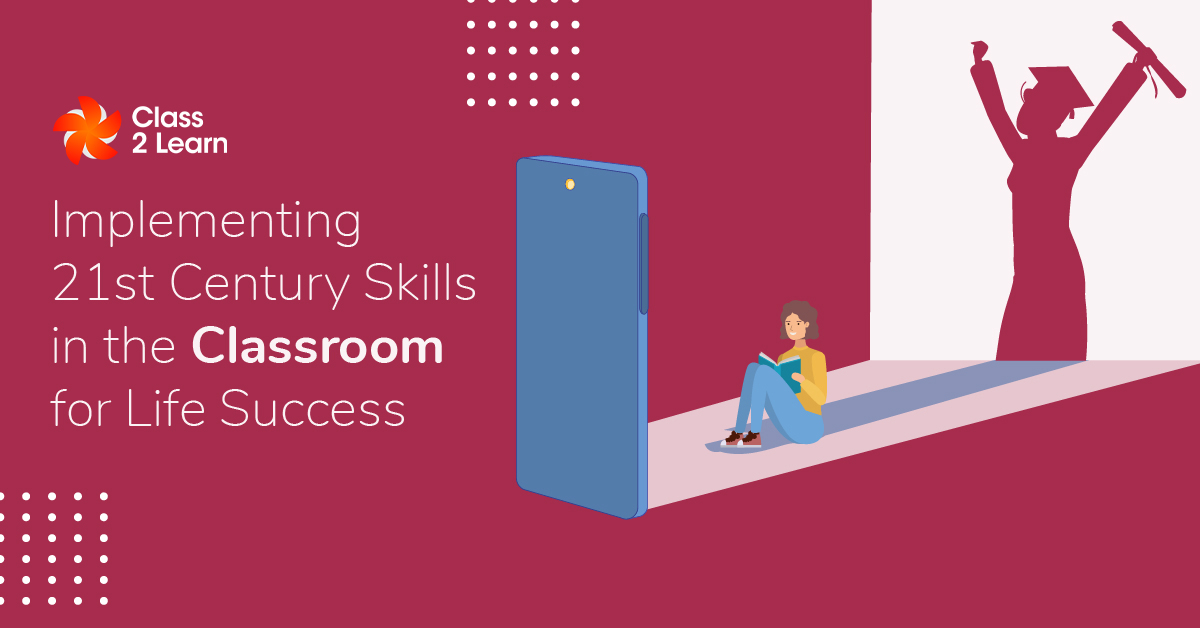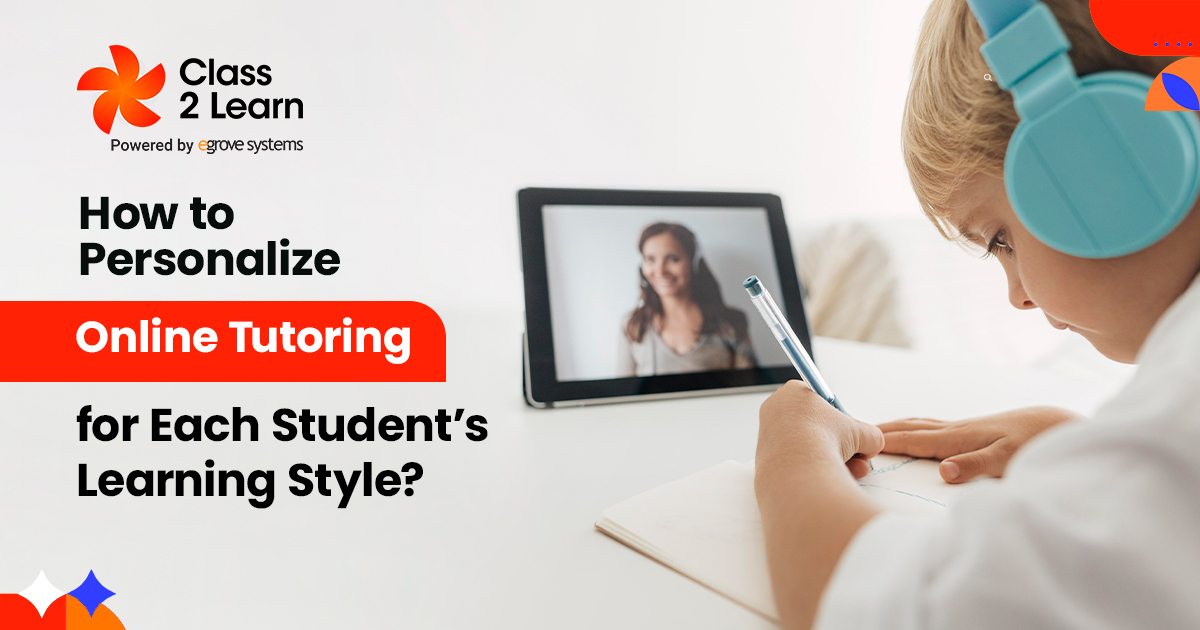As technology and society change rapidly, the teaching methods of the past are becoming less appropriate to prepare students for the world they will grow up in and work in. Educators acknowledge that methods of teaching need to evolve.
To get students ready, curricula are changing to focus on what’s known as ‘21st-century skills. These include more than just familiarizing students with technology. 21st-century skills include critical thinking, collaboration, problem-solving, and creativity as well as integrated STEM education. Prioritizing these skills will make students more adaptable and able to face challenging unpredictable situations in the workforce and in adult life.
Integrating computer science and STEM
One of the best ways to impart 21st-century skills to students is to integrate tech skills into lessons. Teaching coding principles to students better prepares them for computer science courses at a higher level, which is crucial since these skills don’t get taught as fundamentals in early childhood education.
Beyond that, computer science education incorporates problem-solving and collaborative skills and teaches computational thinking. Studies show that teaching computational thinking to first-graders measurably improved executive functions and increased students’ abilities to solve standardized planning tasks. Provided schools can give access to computers and the Internet, introductions to computer science take limited amounts of resources compared to hands-on activities that need special school supplies.
Integrated STEM education teaches science, technology, engineering, and mathematics in a way that ties the subjects together and connects them to real-world applications. Many schools are adding STEM classes and options to widen students’ exposure to STEM in K-12 education.
Problem Solving
Introducing students to problem-solving methods better prepares them for work in many walks of life beyond school and may interest them in different professions that make heavy use of problem-solving. Lessons that challenge students with complex problems can teach them how to approach problems systematically. Problem solving also promotes independent thinking so students can work through challenges without needing to ask for help.
Boosting Critical Thinking through Lesson Designs
Give students prompts that exercise their critical thinking skills. This will increase their ability to evaluate the information for usefulness, reliability, and accuracy. One approach is to encourage them to check their work and that of others. Another is to teach source evaluation and judgment to show students how to distinguish between reliable and unreliable sources.
Critical and analytical thinking are crucial to conceptualizing and approaching situations from multiple angles to find the best solution. This will serve students well in social situations and resolving conflicts with others as well as in making workplace and life decisions later on.
Posing Questions to Encourage Self-Guided Learning
With so much important data and information available online, students must learn how to initiate their research projects and obtain the knowledge they want. Research-based learning helps students develop these 21st-century abilities. Encourage children to answer open-ended questions and develop the ability to create and ask their inquiries.
Providing students with the freedom to pursue their passions increases their enthusiasm for projects. Teaching critical thinking-promoting abilities like research and other relevant subjects can be done through inquiry-based learning.
Focus on Comprehension of Answers
It’s extremely valuable to impress on students the importance of understanding and justifying their answers. Knowing how to reach an answer enables students to apply their solutions to other similar yet distinct problems. It also builds confidence in their mastery of a field of knowledge, assuring them that they grew and developed their knowledge and skills in a subject area.
Emphasize Collaboration
Group learning can be difficult to organize, but it has many benefits for students and prepares them to deal with the real world where they will need to engage socially to achieve their goals.
Collaborative learning teaches students how to coordinate and divide work with others. It also helps students learn to listen to the ideas of others and decide on the best approach through compromise and discussion. Exposing students to different perspectives and opinions can give them experience in dealing with others and seeing from their point of view.
Promoting Creativity
Creativity can often be discouraged by rote and formulaic class activities and projects. Fostering creativity helps students by giving them the ability to make their solutions rather than being limited to borrowing heavily from their environments. Since a wide variety of inspirations aren’t always within reach, creativity and originality are important ways to boost one’s ability to handle unexpected situations and stand out from the crowd.
To promote creativity, give assignments that don’t require a single solution and reward creative approaches. Meaningful class tasks that encourage response to creativity will connect new ideas to success and lead them to apply what they have learned later on in life.
Lesson Planning for 21st Century Skills
To maximize 21st-century skills and abilities, teaching and learning environments must be modified. To develop connections and expand on prior knowledge, concentrate on major topics, ideas, and concepts. To help students understand the road they are on and the successes they may attain with their effort, demonstrate real-world applicability to teachings. Encourage cooperation and communication to enable peaceful cooperation among students.
The world is rapidly changing and education cannot keep up by merely adapting the curriculum to match different occupational and social contexts. Schools can only provide students the best opportunities for success in the future by instructing them in the abilities that increase their adaptability and creativity.





Add comment